Florida has more than 100 species of wasps. They are social insects with large heads, eyes, wings and back ends, and narrow waists. They also have a stinger with which they release a venomous poison and attack their perceived threat, they have a defensive nature we can’t ignore. If you get stung by any of these insects, you’ll realize just how dangerous they are. Read on to learn about the most common wasps and how you can get rid of them.
Types of Florida Wasps
These stinging insects can be found all across Florida. Some of them are more dangerous than others. While some might be quick to sting you, others would just go about their business. Knowing which wasp you are confronted with will help you determine the severity of your wasp infestation problem and the appropriate wasp control methods.
Here are the most common types of wasps you should watch out for:
Black Wasp Florida
Black wasps are a species of digger wasp. They have the standard body of a wasp but are black in color. They do not have any stripes or markings and can grow up to 1.3 inches in length. The female wasps are bigger and carry a more powerful stinger.
Paper Wasp Florida
Paper wasps are reddish-brown and black in color. Some of them also have red or yellow markings. They are social wasps that live in colonies with nests that look like paper combs. These wasp species derive their name from their nests which can hold a few hundred of them at a time. They feed on caterpillars, flies, aphids, honey bees, nectar from flowers and other insects. Their stings are deadly and can lead to anaphylactic shock if the victim is allergic to insect stings. Paper wasps can be aggressive hence it’s best to avoid them.
Hornets in Florida
Hornets are still part of the eurosocial wasps and are actually the largest example of them. As you can see, they look very similar to yellow jackets, making it hard to distinguish them. They have painful stings and are aggressive. Hornets build large nests that can reach six feet tall and are often situated on buildings so that they gather food more easily.
Red Wasp Florida
Red wasps have red or reddish-brown bodies with yellow bands on their abdomen and dark wings. They have a narrow waist, two pairs of wings, and a stinger. They can grow up to 1.5 inches in length. Red wasps are social and live in colonies. They belong to the wasp subfamily Polistinae and build one of the largest wasp nests. They love to build their nests around human structures so you may want to watch out for them. Female wasps of this species defend these nests by stinging anyone they consider a threat.
Ground Wasp Florida
The ground wasp is also called cicada wasp. They have a rust-colored head and yellow and black stripes on their abdomens. Their wings have an orange hue and they can grow up to 2 inches in length. These stinging insects dig their nests in the soil creating tunnels that are up to 6 inches deep. They do not depend on colonies. Ground wasps in Florida can easily find their way into your garden. They are a passive-aggressive species but would resort to their stinger if provoked.
Florida wasp sting: How bad is it?
A wasp sting is a serious issue. If these dangerous insects bite you, you could experience an allergic reaction. You may feel pain and soreness, swelling, itchiness and redness. In severe cases, the affected person could also experience anaphylaxis. The symptoms of this condition could include difficulty breathing, vomiting, swelling of the tongue and throat, fainting, pain, and itchiness all over the body. If the sting is serious, you should consider visiting a hospital to get proper treatment.
How to identify a Florida wasp nest
Although a wasp appearing on your property might take you by surprise, it is easy to find their nests if you know where to look. These nests can go undetected for weeks and months and end up becoming a nuisance. Wasps typically build their nests in protected areas and you would see them trooping in and out around the entrance once it’s completed. Some spots that wasps love include garden sheds or garages, along exterior walls, in nearby tree branches or even certain cavities of trees, underneath windowsills, under wooden decks, under lawn furniture or other equipment in your yard, and other areas that seem hidden. If they are ground wasps, then they would dig their underground nests as tunnels into the soil. These stinging pests create a path as they move around to find food. Following this path would lead you straight to their nests.
Wasp Nest Removal
Regardless of the types of wasps you encounter, removing the nest can prove dangerous as these insects would not hesitate to use their stinger if they feel threatened. A pest control company offering professional wasp nest removal services can help you with wasp control and make the process a lot easier. You can use our expertise at Shoreline Environmental Pest Solutions to ensure that any wasp nests on your property are removed safely and properly. Call us today at 561-842-4700 or send us a message to book a visit to your property.
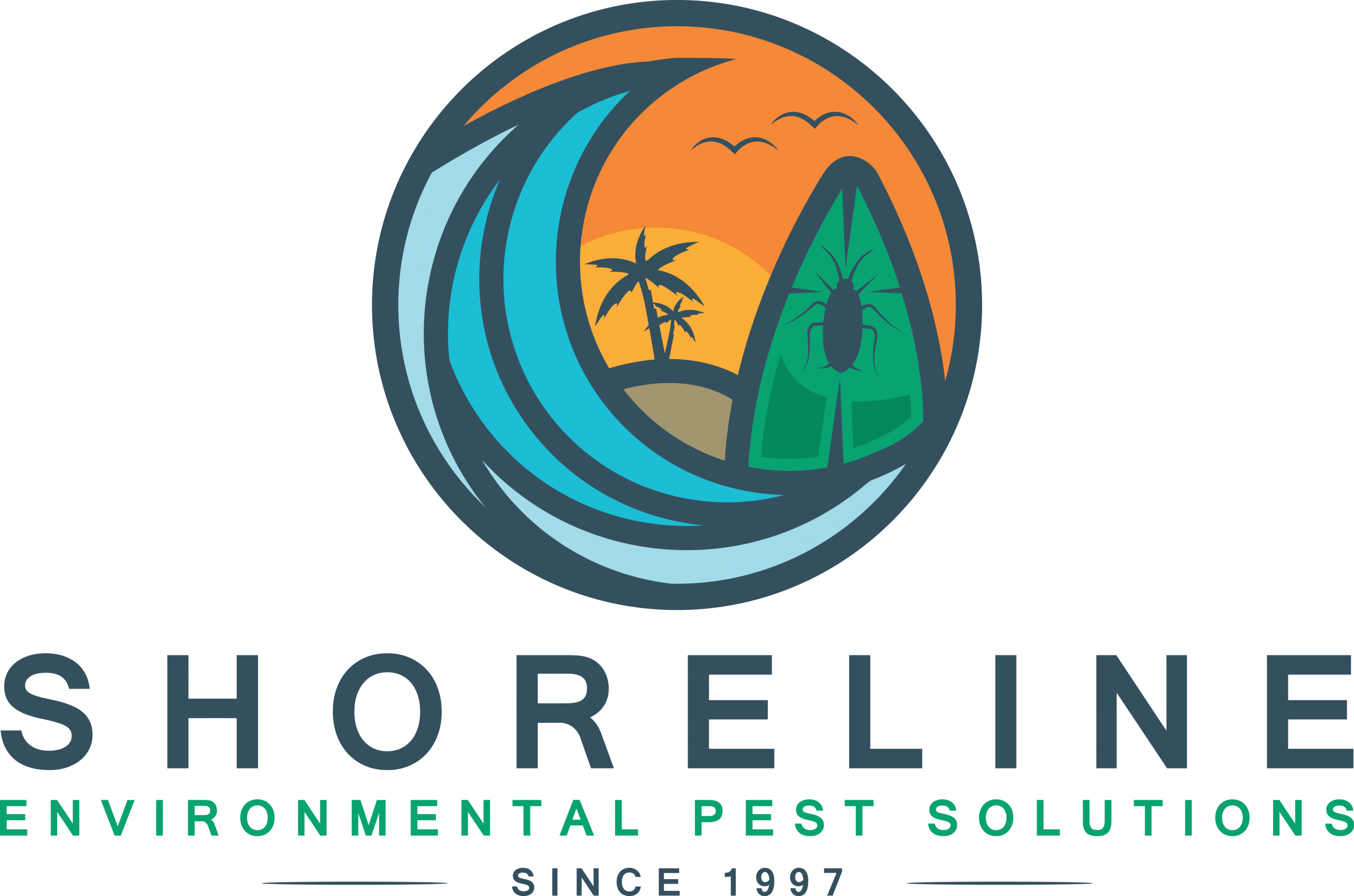
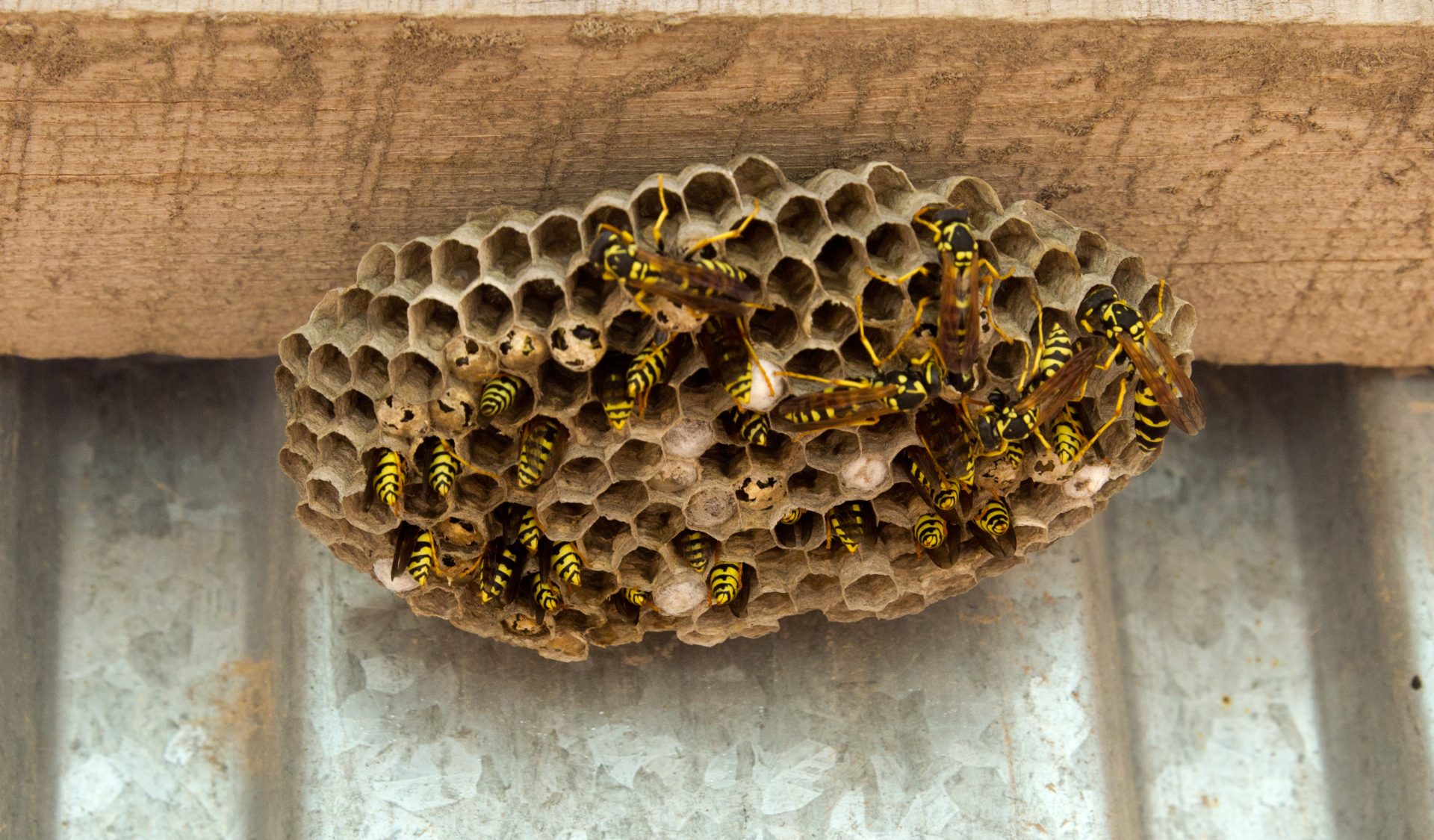
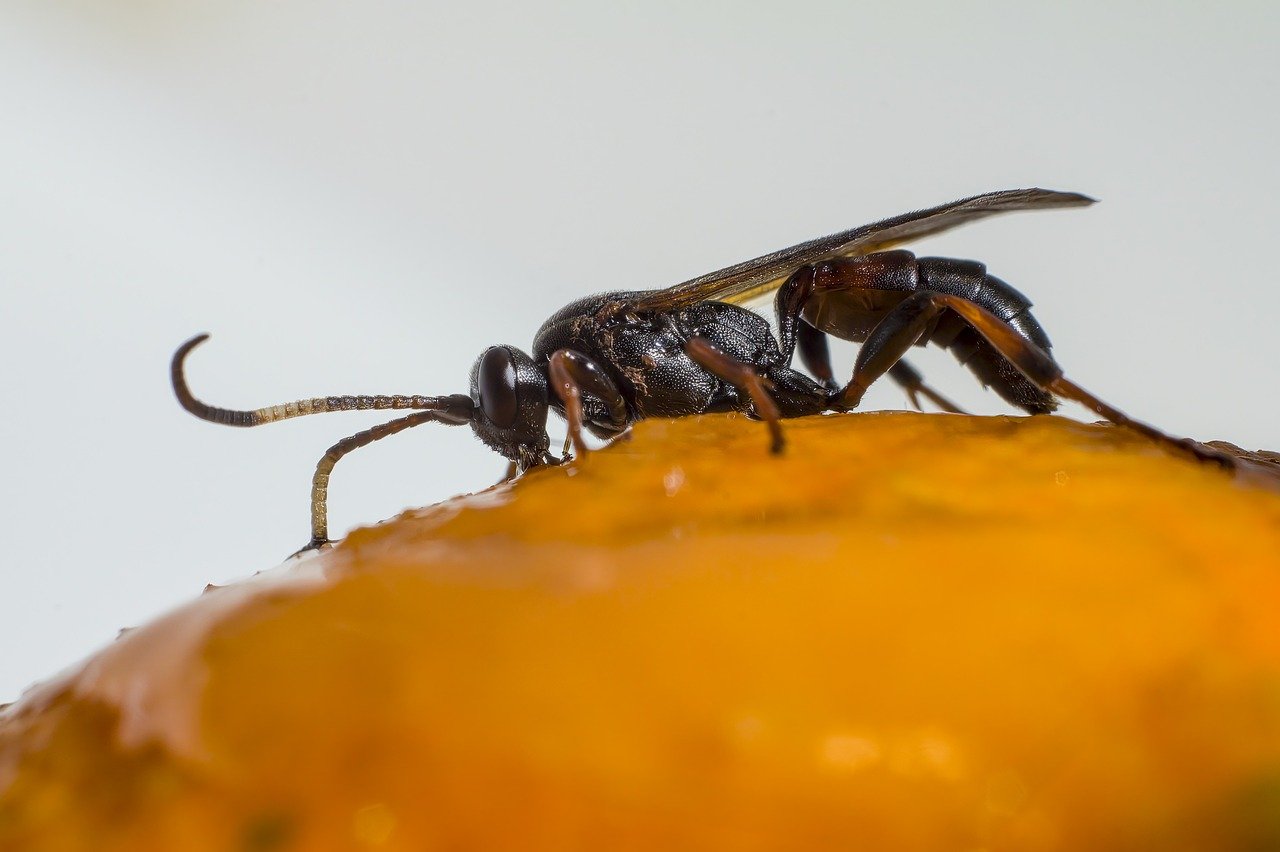





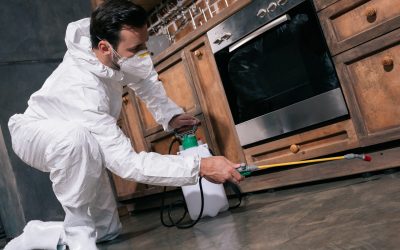
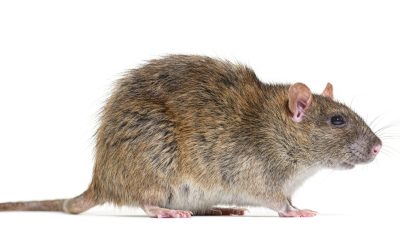
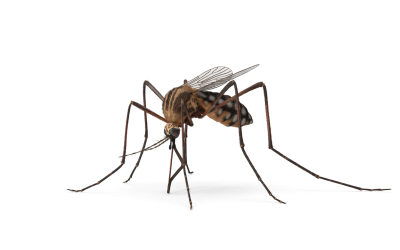
0 Comments